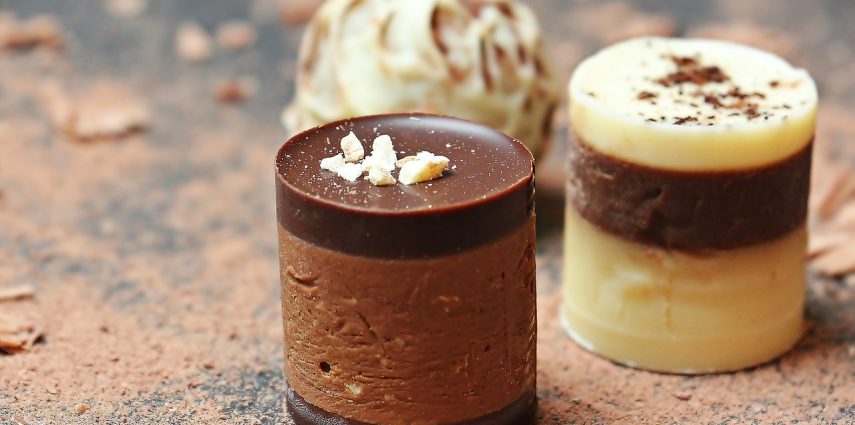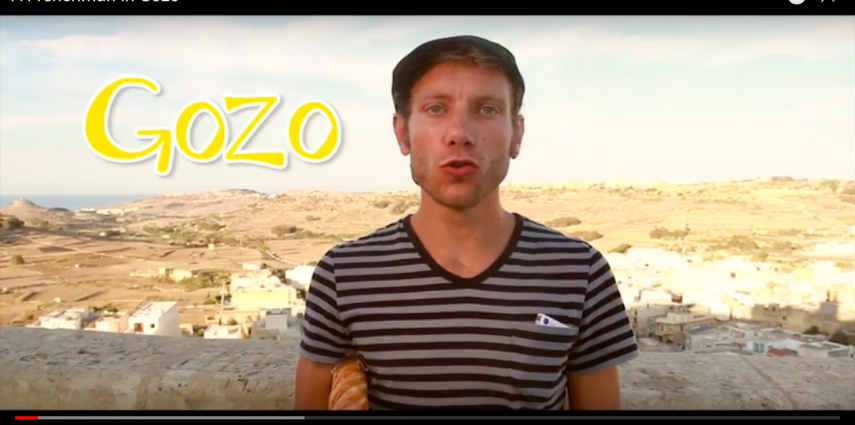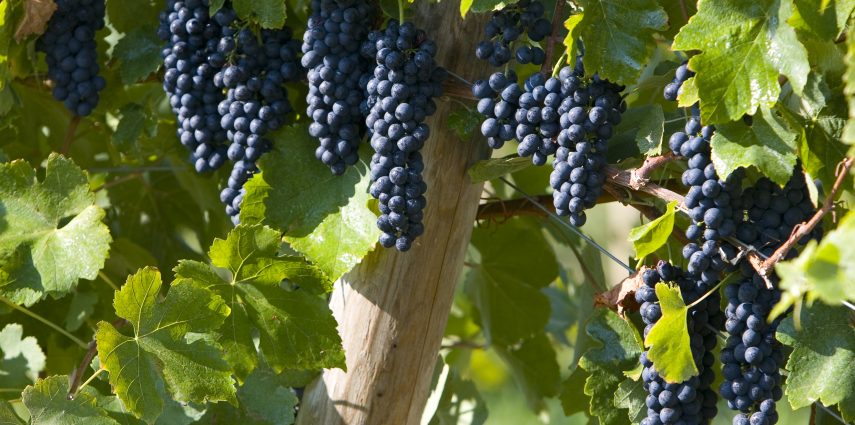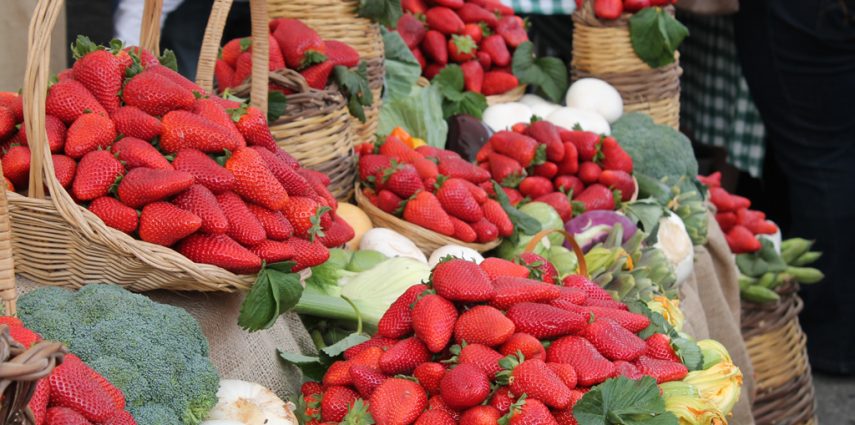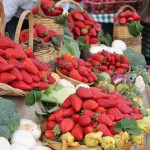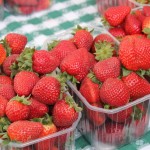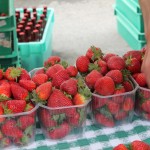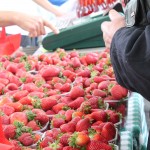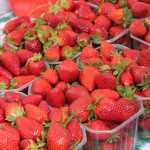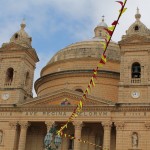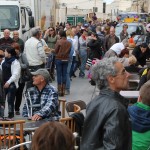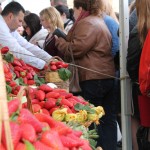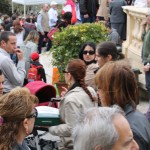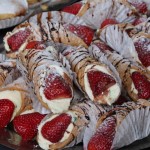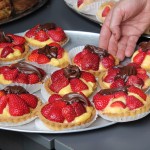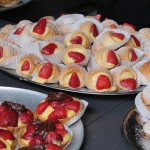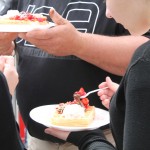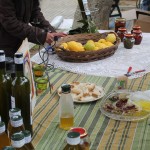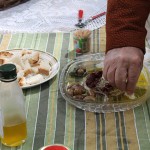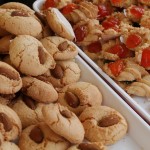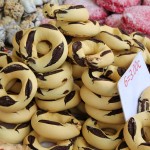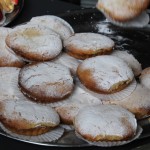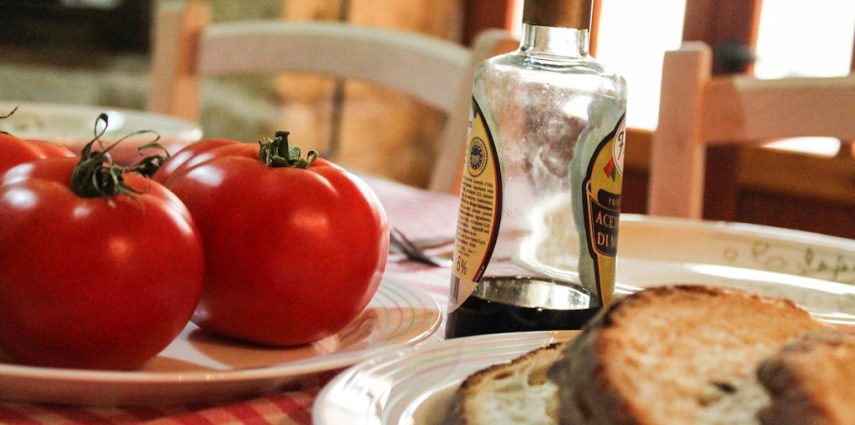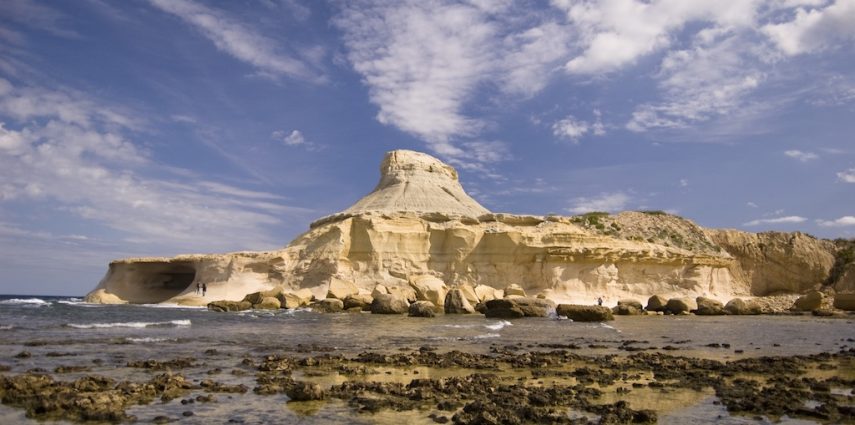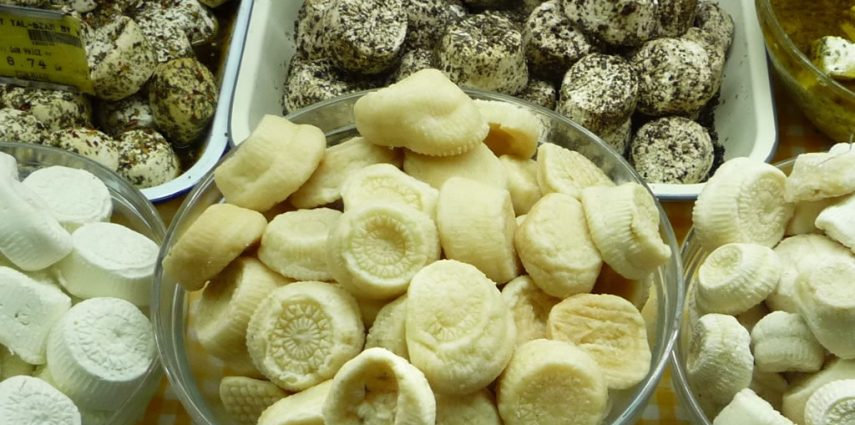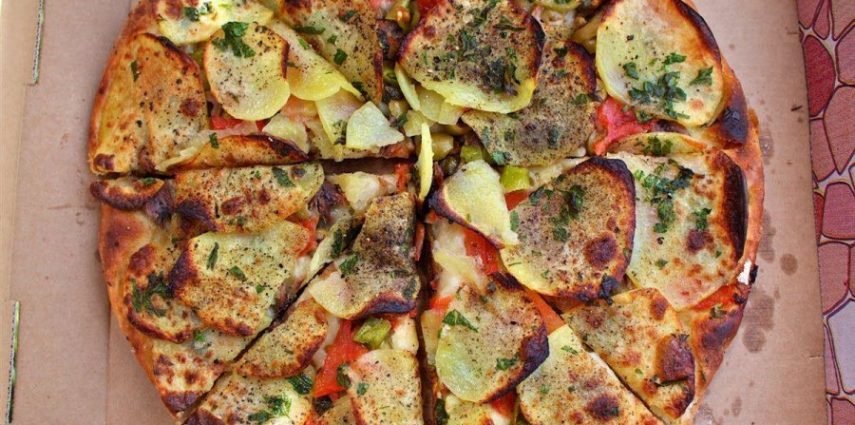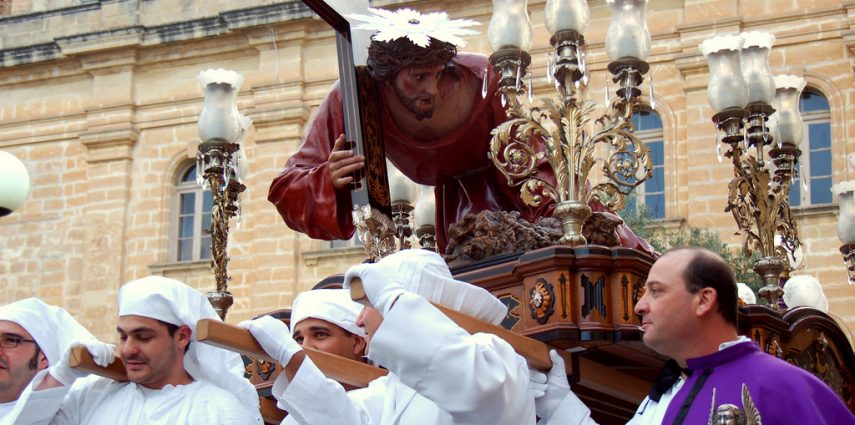During the sovereignty of the knights of St. John, the village of Hamrun was used to store cocoa beans in the area known as tas-Samra.
Today Hamrun hosts the island’s Chocolate Festival and this year this indulgent event will take place on Saturday evening on the 22nd October 2016, in the ‘old’ city centre of Hamrun and in Joseph High Street (Strada Rjali). These areas will be the beating heart of the festival where visitors will undergo the ultimate chocolate experience. Chocolate lovers will find a treasure trove of information, but above all will be pampered, surprised and seduced. Themes range from pleasure and creativity, to passion and gourmet tasting, health and wellness.
Taste & Enjoy
The Hamrun Chocolate Festival will be the festival of sweet sins… The taste sensations that chocolate makers offer at dozens of stands seduce the public and submerge them in an atmosphere of indulgence and pure enjoyment.
Fair chocolate
Consumers are finding it increasingly important to know what route an end product exactly follows. Chocolate is no different. They want to know whether the cocoa beans were processed under fair social and ecological conditions. The Hamrun Chocolate Festival is not only about enjoyment and indulgence but also about fair trade.
Fascinate & discover – Imagination & choco-arte
During live demonstrations top chefs, bakers and chocolate makers let visitors discover chocolate creations and recipes that they can try out themselves. Attention will be paid to the wide variety of ’creative applications’ with chocolate. This year’s some innovative ideas with unique attractions:
Main Attraction
Imagine … a 12-foot model of the Titanic made entirely of chocolate! Imagine no more,
Remember the old Maltese Bus? We’ll bring tradition to the chocolate festival featuring a 5-foot model of the traditional Maltese bus, made of chocolate. A truly magical and nostalgic experience!
Chocolate painting on canvas
Choc tattoo
Chocolate Sculptures
Chocolate Body painting
Chocolate History
Cocoa Painting
Chocolate Centre Piece Competition
Various Duo Bands, Bands and Entertainment
Beauty inside and out
Chocolate is used increasingly in beauty products and for a healthy lifestyle. Chocolate massages, chocolate packs or cocoa therapies are just a few of the treatments that could be presented to the public. Chocolate’s role in a healthy and balanced diet is also given an important place at the fair.
The perfect match
Chocolate with a nice glass of wine, a big chocolate fondue with fruit. The Hamrun Chocolate Festival will show you how chocolate can be deliciously combined with other delicacies.
Chocolate for kids
All the while children can have creative chocolate fun in a special children’s corner where they can paint, have fun and experience chocolate in a different way…

